Inner city and Spoorzone
From 1927 until the summer of 1962, the university was located in the inner city, on today's Tivolistraat, where the courtyard of insurance company Interpolis is now located. The institution resided at the Katholieke Leergangen, founded by Amsterdam teacher-publicist Hendrik Moller.
Lectures were held in the building of the Leergangen, and the villa next door housed Rector Magnificus Goossens and the deliberations of professors took place there. Initially, the villa's coach house housed the library.
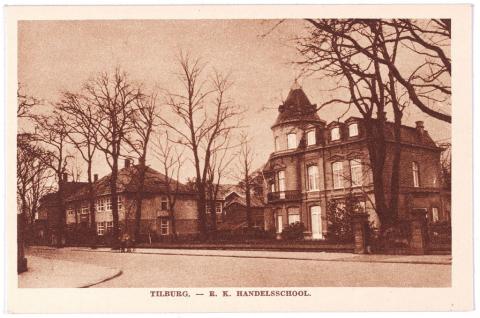
Because of its special Catholic status, the university received no funding from the state but was paid for with donations (from the city of Tilburg, the province, and the Chambers of Commerce, among others), the proceeds of collections in the Catholic churches of the Southern Netherlands, and tuition fees. At its inception, the institution, then called Roomsch Katholieke Hoogeschool, had 28 students, five professors and a small staff (in 2022, there were over 22,000 students studying and over 3,000 jobs at Tilburg University).
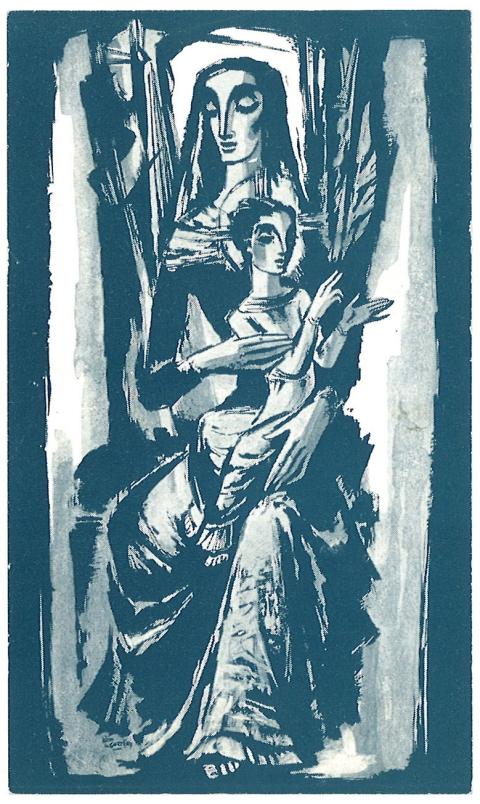
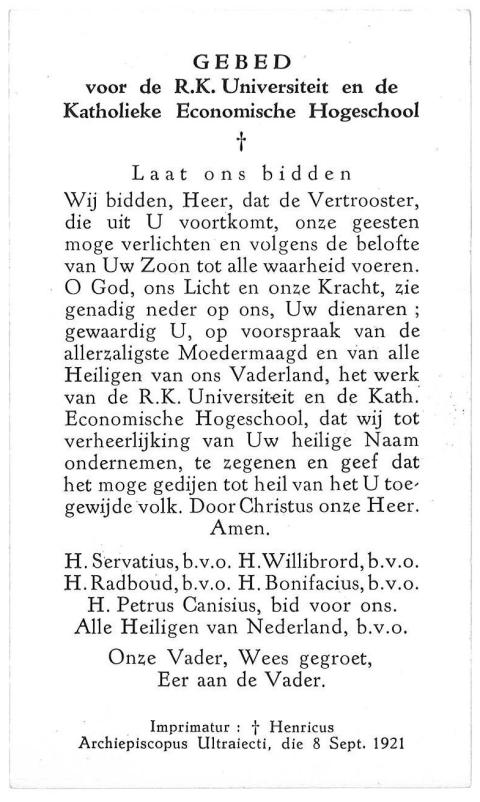
Fundraising for the university (pictured above)
The university is active again in the inner city. In the Spoorzone, TSHD participates in MindLabs, and Tilburg University is involved in an incubator for student entrepreneurs in the Deprez Building. The university is also involved in business incubator Station 88, and several companies in the city are run by alumni. Two of the larger ones are Datacon and Indicia, both active in the field of IT.
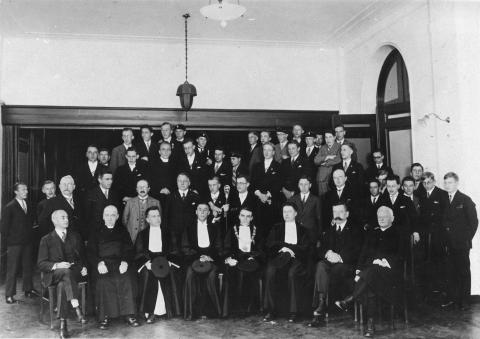
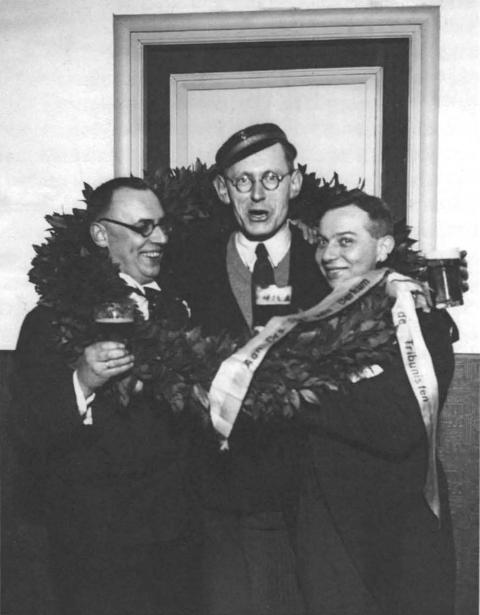
Opening of the second academic year in 1928 (top left image) and the first doctorandi in 1933 (top right image)
More about history and academic heritage
The Tilburg University academic heritage is a very diverse set of archives, visual materials, collections, devices, recorded stories, et cetera that relate to the history of the university.